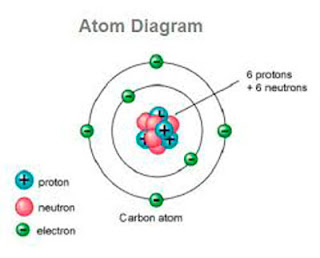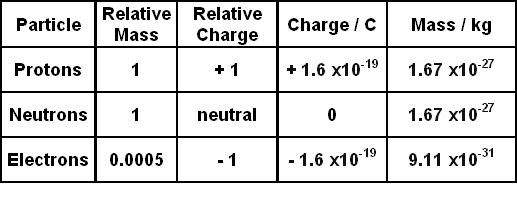
That’s why atomic mass numbers aren’t whole numbers.

Protons have a slightly smaller mass than neutrons.
#A PROTON CHARGE PLUS#
The number of protons plus the number of neutrons in a nucleus determines an element’s “baryon number,” which is nearly equal to the atomic mass of that element. The number of protons in an atom determines its atomic number in the Periodic Table of Elements. Hydrogen contains only a single proton and no neutrons. The only exception is the nucleus of the simplest element, hydrogen. In almost every element, protons are accompanied by neutrons. They are found in every atomic nucleus of every element. Publication: Yong-Hui Lin, Hans-Werner Hammer and Ulf-G.The proton is a subatomic particle with a positive electrical charge. The study was funded by the German Research Foundation (DFG), the National Natural Science Foundation of China (NSFC), the Volkswagen Foundation, the EU Horizon 2020 program, and the German Federal Ministry of Education and Research (BMBF). So it's helping us to understand a little better the structure of the world around us - the chair, the air, but also the stars in the night sky. At the same time, the researchers' method also allows new insights into the fine structure of protons and their uncharged siblings, neutrons. So the proton actually appears to be about 5 percent smaller than was assumed in the 1990s and 2000s. With their method, however, the researchers arrived at 0.84 femtometers this is the radius that was also found in new measurements based on a completely different methodology. Using this method, the physicists reanalyzed readings from older, as well as very recent, experiments - including those that previously suggested a value of 0.88 femtometers. "This allows us to take into account data that have so far been left out."įive percent smaller than assumed 20 years "We have developed a theoretical basis with which such events can also be used to calculate the proton radius," says Prof. The same is true for another phenomenon that occurs at high electron beam velocities - so-called electron-positron annihilation. In principle, however, collisions that produce other particles also provide important insights into the shape of the proton.

Therefore, for measurements of the proton size, one has so far only used accelerator data in which the electrons had a relatively low energy." "At high velocities or energies, this happens more and more often," explains Meißner, who is also a member of the Transdisciplinary Research Areas "Mathematics, Modeling and Simulation of Complex Systems" and "Building Blocks of Matter and Fundamental Interactions." "In turn, the elastic scattering events are becoming rarer. However, this also increases the risk that the electron and proton will form new particles when they collide. The higher the velocity of the electron beam, the more precise the measurements. Its expansion can therefore be calculated from the type and extent of the scattering. The larger the proton, the more frequently such collisions occur. In physics, this process is called elastic scattering. When an electron collides with the proton, both change their direction of motion - similar to the collision of two billiard balls. To determine the radius of a proton, one can bombard it with an electron beam in an accelerator. "Instead, the older values were subject to a systematic error that has been significantly underestimated so far." Ulf Meißner from the Helmholtz Institute for Radiation and Nuclear Physics at the University of Bonn.

"However, our analyses indicate that this difference between the old and new measured values does not exist at all," explains Prof. Some experts even considered it to be an indication that the Standard Model of particle physics was wrong and needed to be modified. Until a few years ago, however, they were thought to be 0.88 femtometers - a tiny difference that caused quite a stir among experts. The positively charged protons are different - according to current measurements, their radius is 0.84 femtometers (a femtometer is a quadrillionth of a meter).

Electrons are negatively charged according to current knowledge, they have no expansion, but are point-like. Our office chair, the air we breathe, the stars in the night sky: they are all made of atoms, which in turn are composed of electrons, protons and neutrons.


 0 kommentar(er)
0 kommentar(er)
